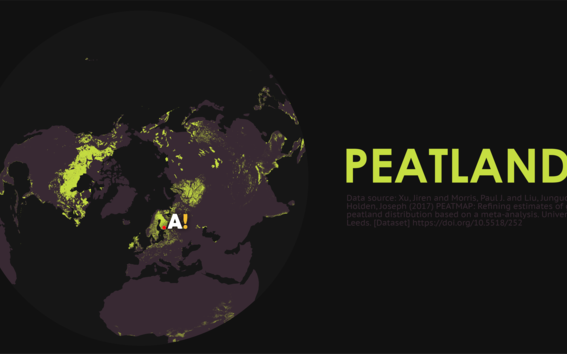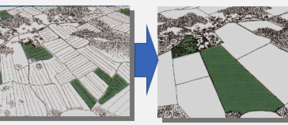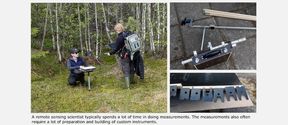Growth of the Peatlands
The world is warming, and our target is to keep the warming at or below 1.5°C. This target can only be reached if we transform the drained peatlands back to their natural conditions.

During COVID procrastination, I read the novel “Growth of the Soil” by Knut Hamsun, who was honoured with the Nobel Prize in Literature in 1920. The novel is about a man and his family who tame nature in Norway. Knut Hamsun described the decades of human efforts to change the environment and make peatlands suitable for crop cultivation. The peatlands were drained for agricultural and forestry purposes in Finland, Estonia, Sweden and many other northern countries. The peatland transformation was a matter of survival at that time. Similarly, nowadays, the matter of survival for our future generations is bringing those peatlands back to their natural conditions.
The future of humanity is in danger because of global climate change. The world is warming, and our target is to keep the warming at or below 1.5°C. This target can only be reached if we transform the drained peatlands back to their natural conditions – i.e., restore peatlands. Ironically, we should spend as much or more time on peatlands restoration than our ancestors on peatland drainage.
While draining peatlands, our ancestors did not know that peatlands are incredibly efficient at capturing carbon from the atmospheric CO2 gas and storing it as plant remnants for thousands of years. The thickness of this remnants layer can reach dozens of meters since peatlands’ waterlogged conditions prevent plant remnants from decomposition. Moreover, our ancestors did not have an idea that covering only ~3% of the total land area, peatlands store 1/3 of the total soil organic carbon, most of which is stored in northern peatlands. Much less our ancestors could even know about modern satellites, which researchers like me use to monitor peatlands restoration progress.
Monitoring restoration is an exciting and, at the same time, frightening activity since our current restoration progress will shape the world in the future. By measuring a set of peatlands' parameters from space, we know restoration efficiency and estimate how much potential carbon emissions we have avoided. Restoring peatlands is a very efficient way of climate change mitigation, but peatlands remain rarely known for this importance. Maybe the next author who writes a novel about peatlands restoration will get the Nobel Prize in Literature.
About the author: Iuliia Burdun is a postdoc in geoinformatics in Aalto University.
Show other posts from this blog

Development of Finnish agricultural parcel structure 2010-2020: a spatial analysis
Hermanni Hentunen analyzes the temporal development of parcel structure in Finland between the years 2010 and 2020.
What is the value of earth observation data?
With socioeconomic impact assessment it is possible to specify and quantify the impact that earth observation data has on our society.
Why are field and laboratory measurements important in remote sensing?
Reliable interpretation of remote sensing data is highly dependent on reference measurements made in the field and in the lab.